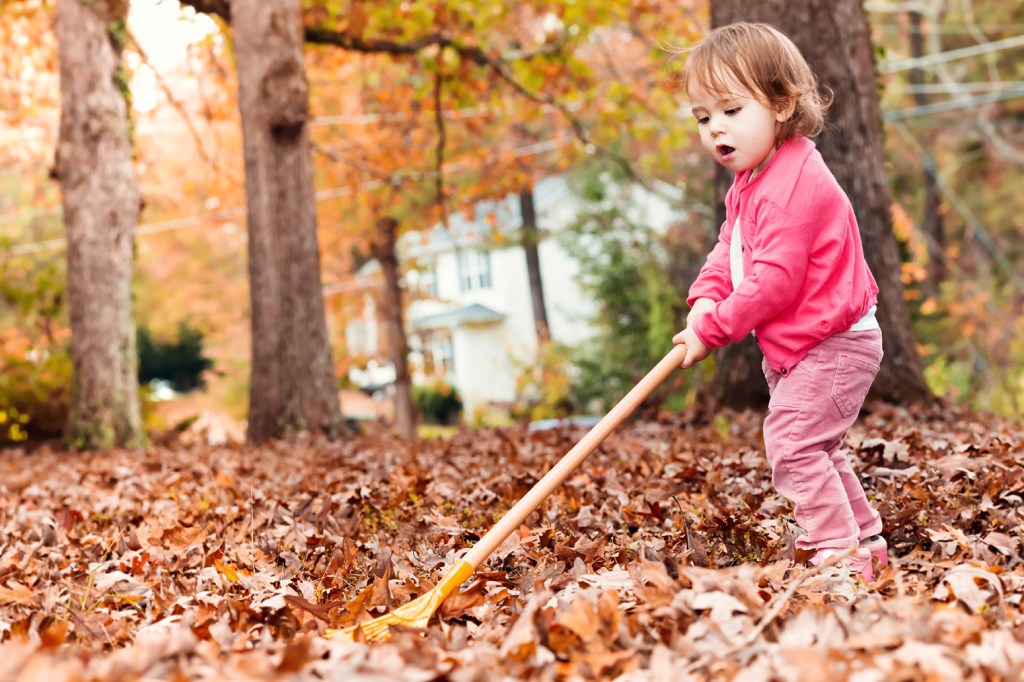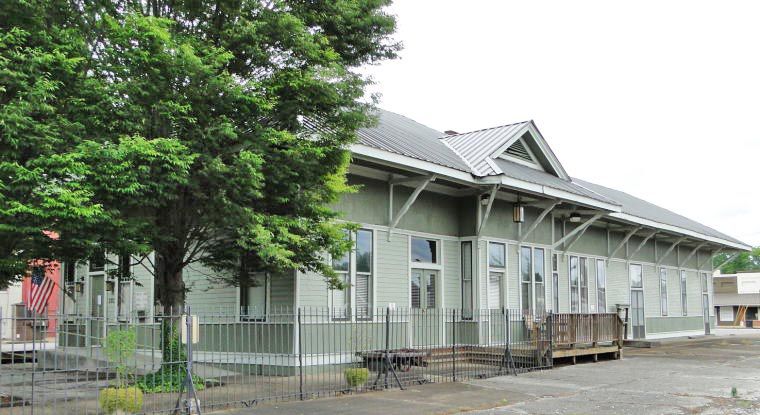ONE GARDENER TO ANOTHER: Now’s the time for early fall tasks
Published 6:45 am Monday, September 24, 2018

- Raking
There is nothing that brings more joy to a mother’s heart than when she sees her child happy. Mine was thrilled that the lawn didn’t need mowing this past weekend.
With the lack of rain it didn’t grow enough to warrant a haircut, and the calendar, albeit not the temperatures, is moving into the no more mowing season. Happy dances for everyone.
That happiness quickly turned to sadness, at least on the part of my child, at the realization that although the chore of cutting the grass was starting to slow down, there were other tasks to take its place.
Sometimes, not always, it seems he doesn’t mind popping in his earbuds and listening to a few good tunes as he paces back and forth behind the mower. Unfortunately, that isn’t the case with cleaning the gutters or raking up pine straw. I sympathize and make him something good to eat when he’s done.
In the fall, gutter cleaning should be done on a routine schedule. My back gutters are already filled with pine needles and the front with leaves from a tree that drops its foliage early. They will need to be cleared now, again after all the leaves have left the trees, and in early spring. Clogged gutters do not allow water to drain properly, causing overflow. The weight of debris can cause them to sag, which can lead to cracks.
Anyone with pine trees knows they provide free mulch just waiting to be gathered and spread. Fall leaves may be a tedious task to rake and mulch, but they are a gardener’s gold. They make great natural mulch that helps enrich the soil, lock in moisture and protect plants from cold temperatures. However, leaves need to be shredded first. A layer of leaves left whole can cause a blanket effect that prevents proper air circulation and causes rot and fungal diseases to develop. Regardless if you use the leaves as mulch, they should be removed from the lawn. However, leaves can be mulched with a mulching-blade mower and left to feed the lawn if it is mowed weekly. Whole leaves left under trees do not allow the proper light and air to get to the grass, which could eventually kill it.
This is the time to change over vegetable gardens as the summer harvest is coming to an end. If you’re not planting fall crops, clear beds of dead vegetation and weeds. Plant material that is healthy can be added to the compost pile, however, any vegetation that has mold, mildew or other disease or fungus should be thrown in the trash.
Pull back old mulch, add a layer of compost and recover with a light layer of mulch. (A thick layer of mulch will prevent the soil from freezing, something that is needed to kill many diseases and pests.) Once the ground freezes, another layer of mulch can be added. Also, add mulch around perennial herbs and flowers.
This is a good time to prune some fall perennials such as bearded iris, catmint, daylily, ground clematis, hollyhock, phlox, sneezeweed and false indigo. Save yourself some time and energy by leaving coneflowers, black-eyed Susans other native wildflowers. The seed heads of these plants provide a food source for birds all winter long.
As for other flowering perennials, fall is not the time. The rule of thumbs is this — if the plant begins blooming before May, it should be pruned back immediately after blooms fade; if the plant blooms in May or after, prune in late February or early March before the start of new spring growth.
The time to prune trees is between December and February when they are dormant, with the exception of removing dead or diseased limbs. Early fall is the perfect time to plant new trees because it gives them plenty of time to establish roots before winter. After all the leaves have fallen in late fall, give trees a good watering. Evergreen trees will benefit especially from a deep watering.
— Irland, a member of the Limestone County Master Gardeners, can be reached at kippirland@hotmail.com. For more information on the Limestone County Master Gardeners, visit http://mg.aces.edu/limestone.





